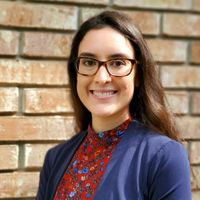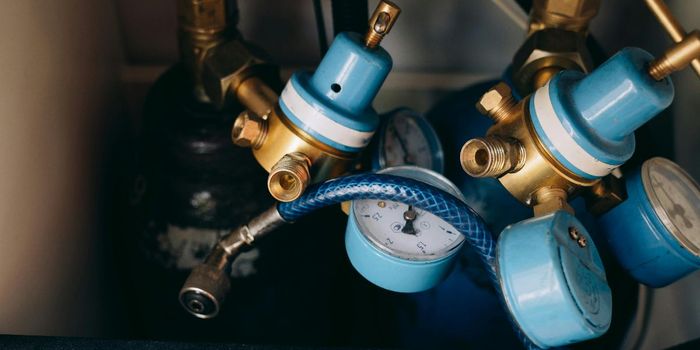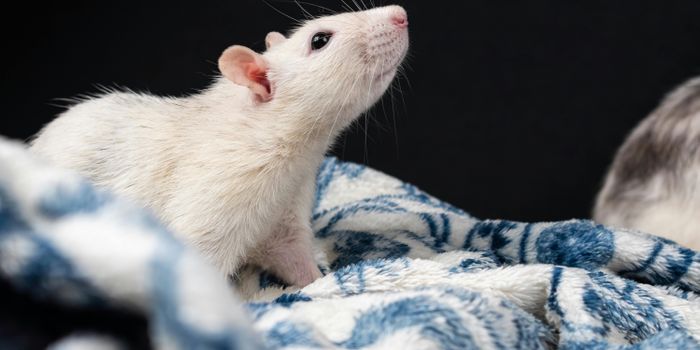A Tale of Microwave Weapons: US Diplomats and Havana Syndrome
"Their internal sound perception research has great potential for development into a system for disorienting or disrupting the behavior patterns of military or diplomatic personnel." So says a 1976 report from the US Defense Intelligence Agency on the Soviet's research into microwaves during the Cold War.
Dating back to around WWII, microwaves through radar have been reported to interfere with people's sound perception. In the 1970s, James Lin, now a professor at the University of Illinois, researched microwaves at the University of Washington where he too perceived sounds from high-power microwaves delivered in pulses. Not actually producing external sound, he suspected energy from these microwaves was interpreted as internal sound when the brain absorbed them. So when he heard about Havana syndrome, Lin suspected microwaves were behind it.
Back in 2015, the US opened an embassy in Havana, Cuba. Nearly two years later, they almost shut it down after more than 25 Americans, including CIA officers and personnel and their families, reported a variety of neurological symptoms. Symptoms began after the people afflicted either heard a strange sound described as a buzz, grinding metal or piercing squeals or felt pain, heat or pressure in their heads. Afterward, they were left with dizziness and chronic fatigue.
Some like Robert Baloh, a neurology professor at UCLA, even suspected some sort of mass psychogenic condition among US officials where they'd heard of symptoms in some officials and then had worried themselves into having similar symptoms, especially when more and more US officials across multiple continents were afflicted.
Looking back at the original cases in Havana, however, evidence is mounting in favor of targeted microwave attacks. According to the BBC, Russia and China have both used Cuba as a site for collecting intelligence by intercepting communications. Similar cases among other US diplomats and personnel have also occurred in Guangzhou, China, in 2018 and in Geneva, Switzerland, and Paris, France, in the summer of 2021, totaling around 200 people in the span of 5 years.
Now that more cases have been reported and are being studied, blood samples taken shortly after symptom onset are showing markers consistent with brain injury.
Microwaves are also associated with other health issues. In the Cold War, the upper floors of the US embassy in Moscow, including the ambassador's office, were surround by the Moscow signal, an invisible beam of low-level microwaves the Soviet used either to spy on the US or interfere with their equipment so that the US couldn't spy on the Soviets. The US State Department knew of the Moscow signal for years but tried to hide its presence from most embassy workers and then, when it became known, tried to downplay potential health effects. Eventually when Ambassador Stoessel began experiencing eye bleeds, the US Secretary of State Henry Kissinger linked his symptoms to the Moscow signal. The ambassador eventually died of leukemia when he was 66.
Even today, many people from the cases in China have symptoms but are told they don't meet the criteria for Havana syndrome. Lawyer Mark Zaid who represents them and specializes in national security cases questions why the US is not acknowledging this long history of microwave weaponry. Is it because the US wants to hide its own research and use of microwaves as weapons? he wonders. According to the BBC, back in the 1990s, the US Air Force experimented with microwaves to attempt to "create disturbing sounds in people's heads," try to control crowds and to see if they could be used to kill people.
Currently, the CIA is looking into the cause behind Havana syndrome.








